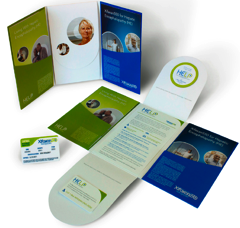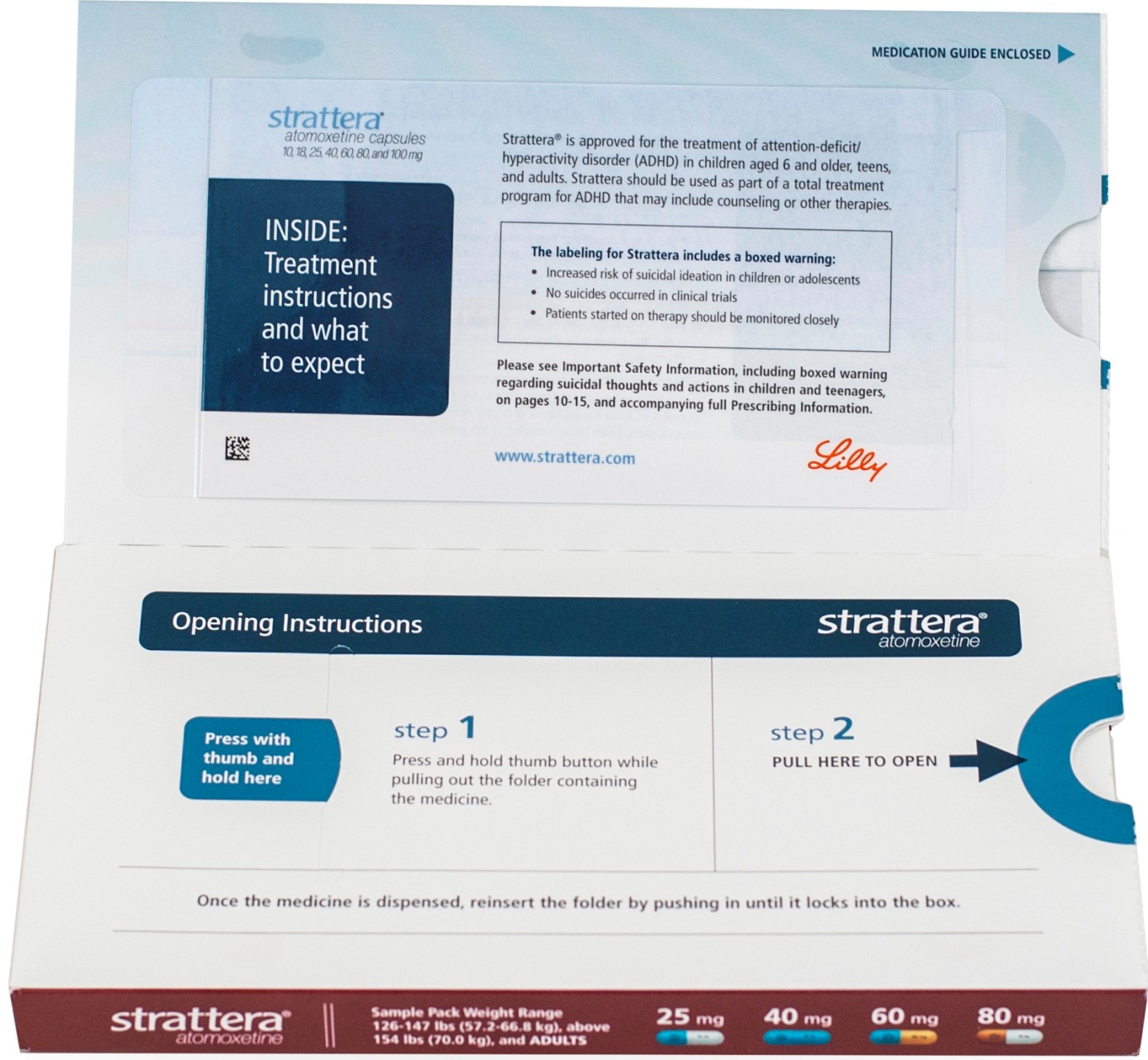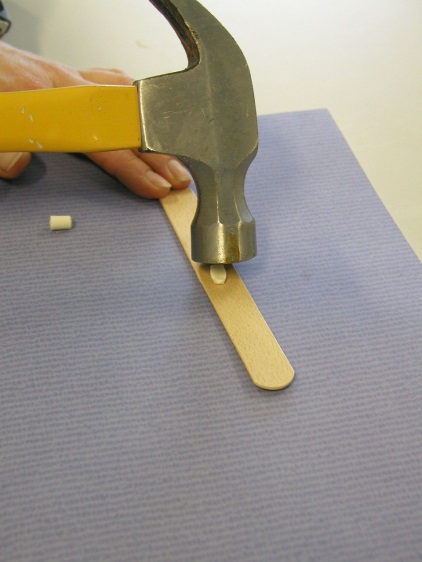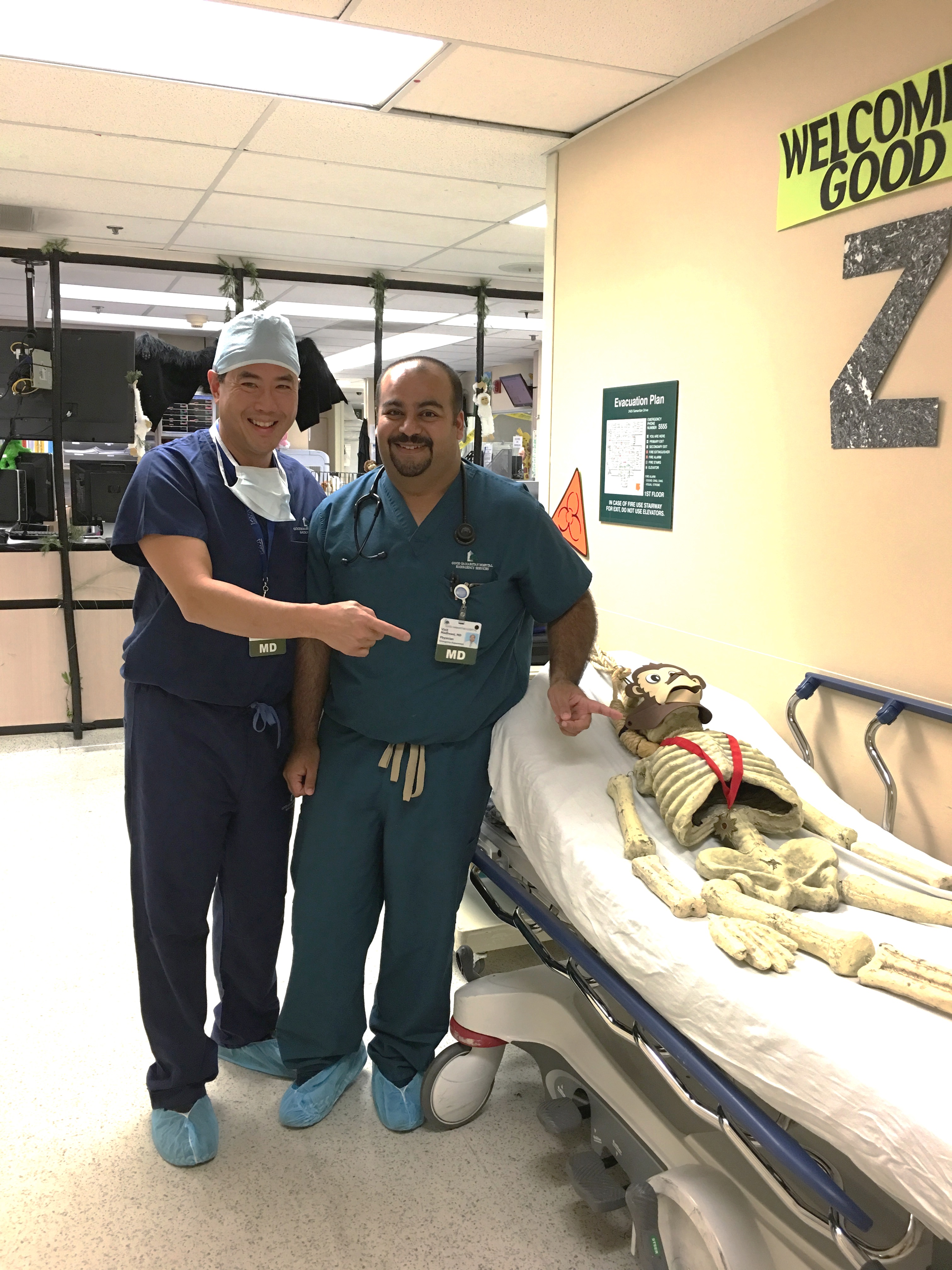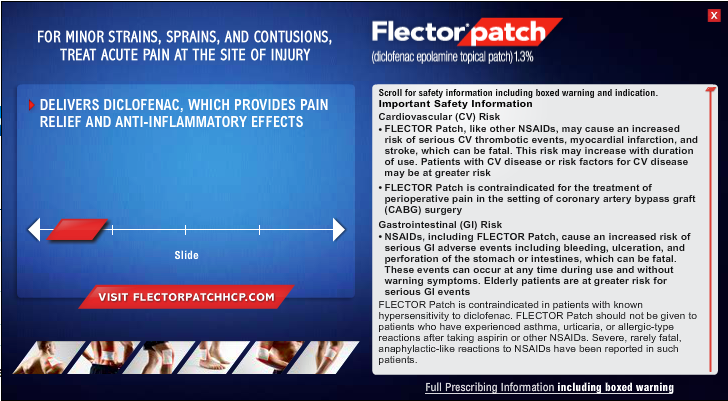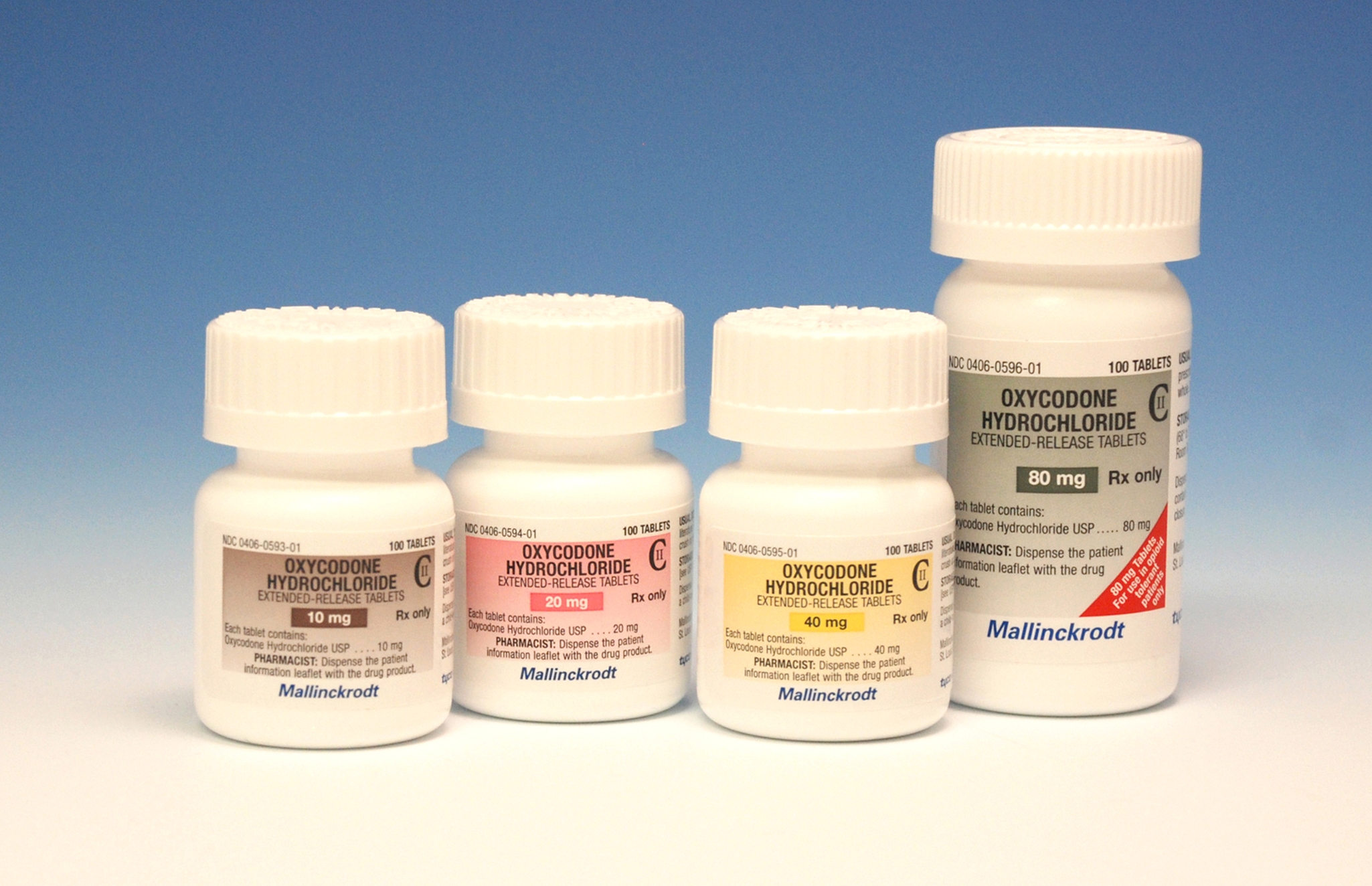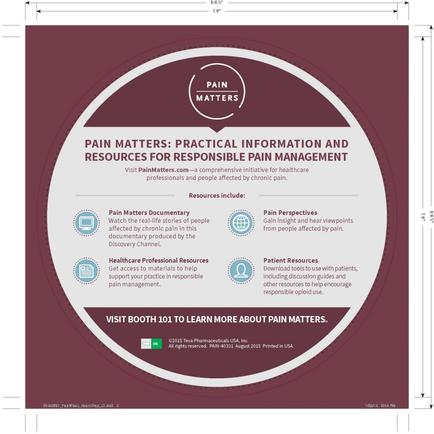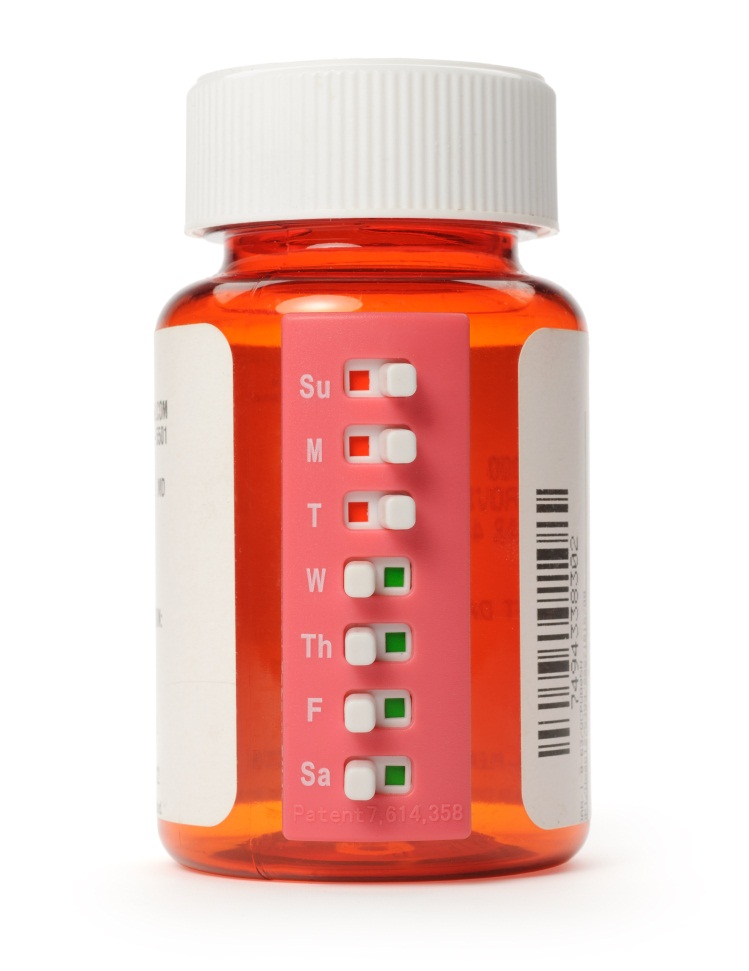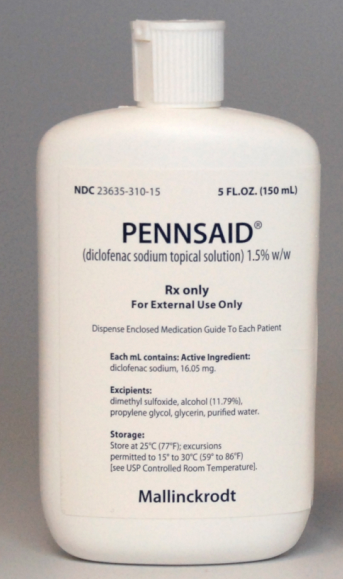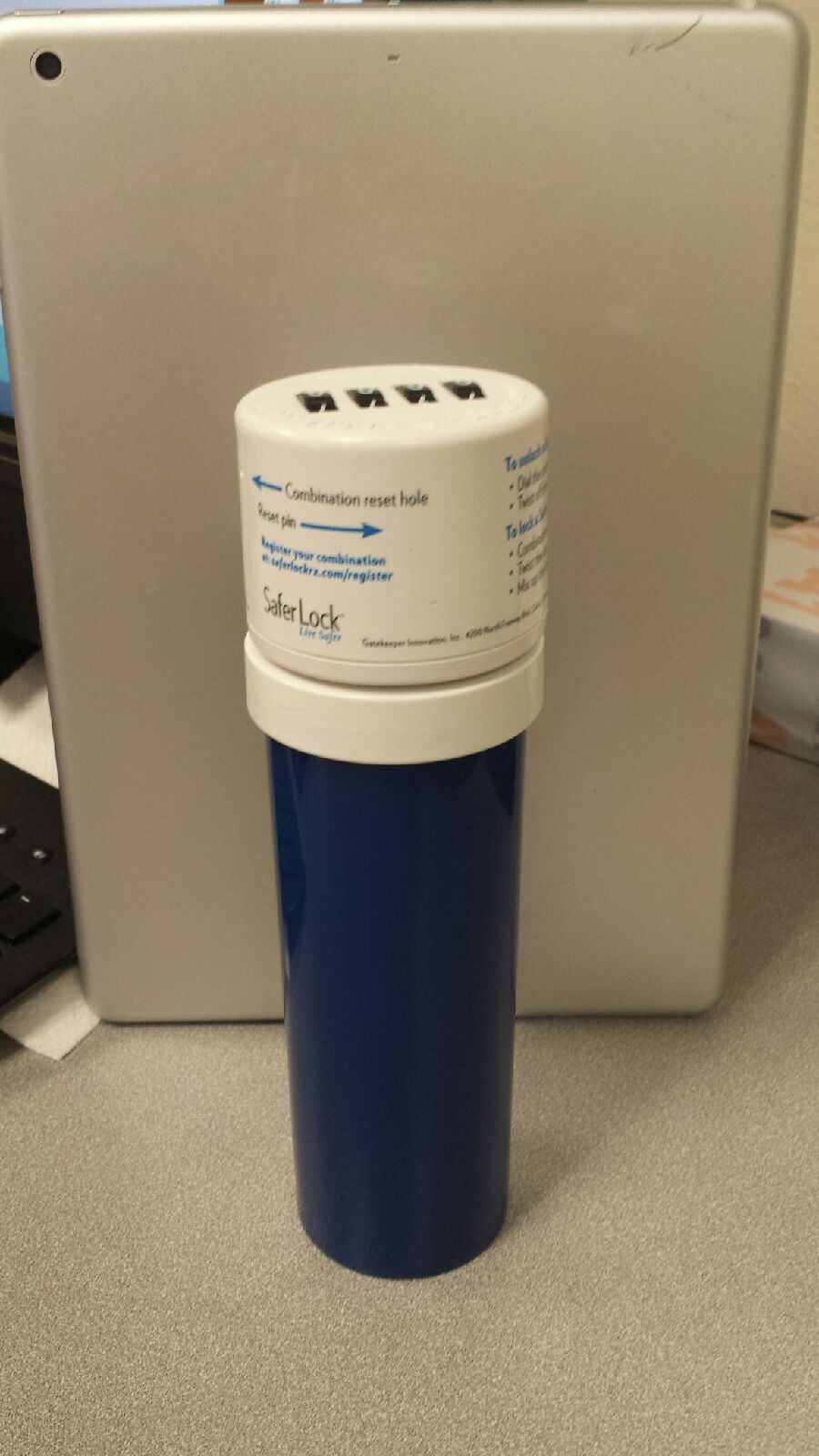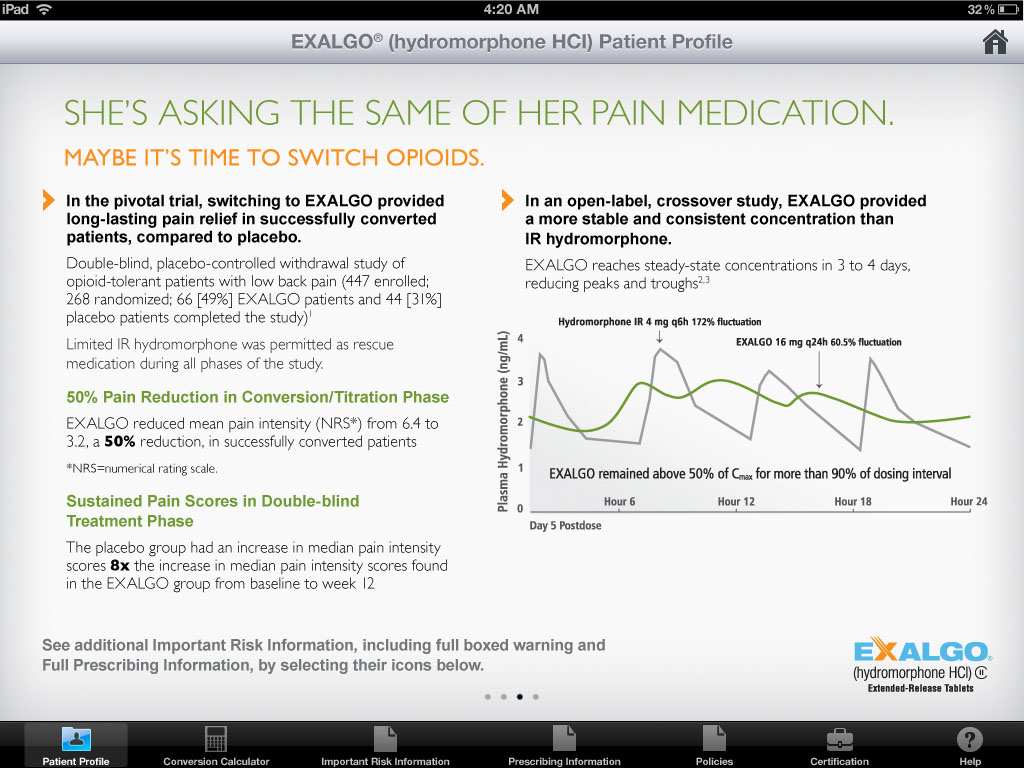A flowchart that shows the organizational structure of a patient's treatment plan for pain in the knee. It is a visual representation of the different stages of the treatment process.
The flowchart is divided into four sections each representing a different stage of the process. The first section is labeled "Evaluation and Diagnosis" and shows the different types of treatment options available. The second section is titled "No Co-Morbidity" and has a list of options such as "Orthopedist" "Primary Care Physician" "Rheumatologist" "Non-Surgical Candidate" and "Multiple Joints". The third section is labeled "Other Co-morbidity History or Risk". The fourth section is called "Topical NSAID" which is a type of topical NSAID that is used to assess the severity of the condition. The fifth section is described as "Fulfillment" and lists the different treatment options that are required for the treatment. The sixth section is highlighted in blue and shows that the treatment options are not required for any other treatment options. The seventh section is colored in red and shows how the treatment can be applied to the patient's condition.
At the bottom of the flowchart there is a note that reads "Persistency" which indicates that the patient is not satisfied with the treatment and that it is not allowed to use it.

Type
Category
Source 1 of 2
-
Date
None
Collection
-
Date
2013
Collection
We encourage you to view the image in the context of its source document(s) and cite the source(s) when using these images. However, to cite just this image alone, click the “Cite This Image” button and then paste the copied text.
